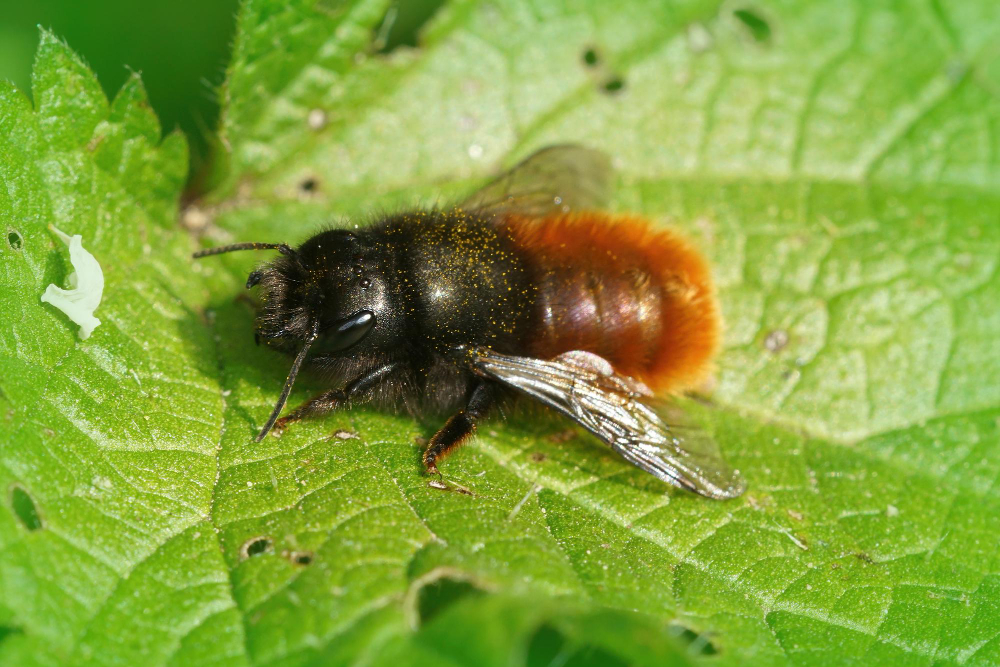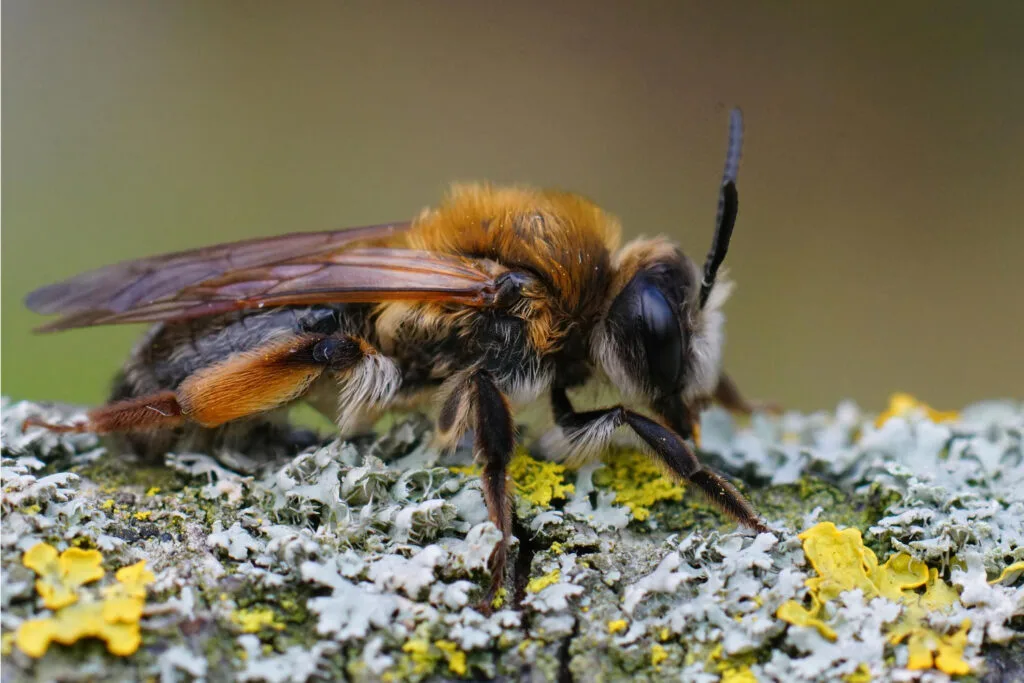Introduction
The Teddy Bear Bee (Amegilla bombiformis) is one of Australia’s most beloved native bees. Famous for its golden-brown, plush appearance, this solitary bee looks like a tiny, flying teddy bear. Despite its cuddly look, it plays a vital role in pollination, helping maintain diverse plant species and food crops.
These gentle insects are admired by gardeners and wildlife lovers for their buzz pollination—a special technique where the bee vibrates flowers to release pollen. Understanding the Teddy Bear Bee (Amegilla bombiformis) helps us appreciate its ecological importance and the urgent need to protect its natural habitats.
Key Specifications of Teddy Bear Bee (Amegilla bombiformis)
| Specification | Details |
| Scientific Name | Amegilla bombiformis |
| Common Name | Teddy Bear Bee (Amegilla bombiformis) |
| Family | Apidae |
| Size | Around 15–20 mm in length |
| Appearance | Golden-brown, furry body with blue/black bands |
| Habitat | Eastern Australia: gardens, woodlands, forests |
| Diet | Nectar and pollen from native flowering plants |
| Lifespan | Approximately 6–8 weeks |
| Nesting | Solitary ground burrows in sandy soil |
| Behaviour | Buzz pollination, daytime activity |
| Conservation Status | Not officially endangered but under pressure from habitat loss |
Teddy Bear Bee (Amegilla bombiformis) Habitat & Behaviour
The Teddy Bear Bee (Amegilla bombiformis) prefers warm, sandy environments across eastern Australia, including Queensland and New South Wales. These bees dig small burrows in the ground or soft mortar walls to create nests. Unlike honeybees, they are solitary; each female constructs her own nest.
Their most fascinating trait is buzz pollination. By vibrating at high frequency, the Teddy Bear Bee (Amegilla bombiformis) shakes pollen loose from flowers like tomatoes, eggplants, and native plants. This makes them essential for maintaining biodiversity and supporting food crops.

Teddy Bear Bee (Amegilla bombiformis) Diet & Lifespan
The Teddy Bear Bee (Amegilla bombiformis) feeds on nectar and pollen, favouring native Australian flowers such as grevilleas, banksias, and eucalypts. Adults live for about 6–8 weeks, focusing on mating, foraging, and preparing nests for the next generation.
Read More: 10 Most Beautiful Bees Around the World
Reproduction
Females dig deep tunnels and create brood cells where they deposit nectar-pollen balls and lay a single egg in each cell. After hatching, larvae feed on these nutrient-rich balls before pupating and emerging as adults. This lifecycle supports a healthy population of Teddy Bear Bee (Amegilla bombiformis) each year.
Conservation Importance
While not yet endangered, the Teddy Bear Bee (Amegilla bombiformis) faces threats from habitat destruction, pesticide use, and climate change. Gardeners can help by planting native flowering plants, reducing pesticide use, and leaving patches of bare soil for nesting.
FAQs about Teddy Bear Bee (Amegilla bombiformis)
Q1. Is the Teddy Bear Bee dangerous?
No. The Teddy Bear Bee (Amegilla bombiformis) is non-aggressive and rarely stings unless severely provoked.
Q2. How can I attract them to my garden?
Plant native flowers like grevilleas and banksias, avoid chemical pesticides, and leave undisturbed sandy patches.
Q3. Do they make honey?
Unlike honeybees, the Teddy Bear Bee (Amegilla bombiformis) is solitary and does not produce honey.
Q4. Why are they important pollinators?
Their unique buzz pollination technique ensures plants like tomatoes and eggplants produce more fruit.
Q5. Where can they be found?
They thrive across eastern Australia, including coastal gardens, bushlands, and open woodlands.







